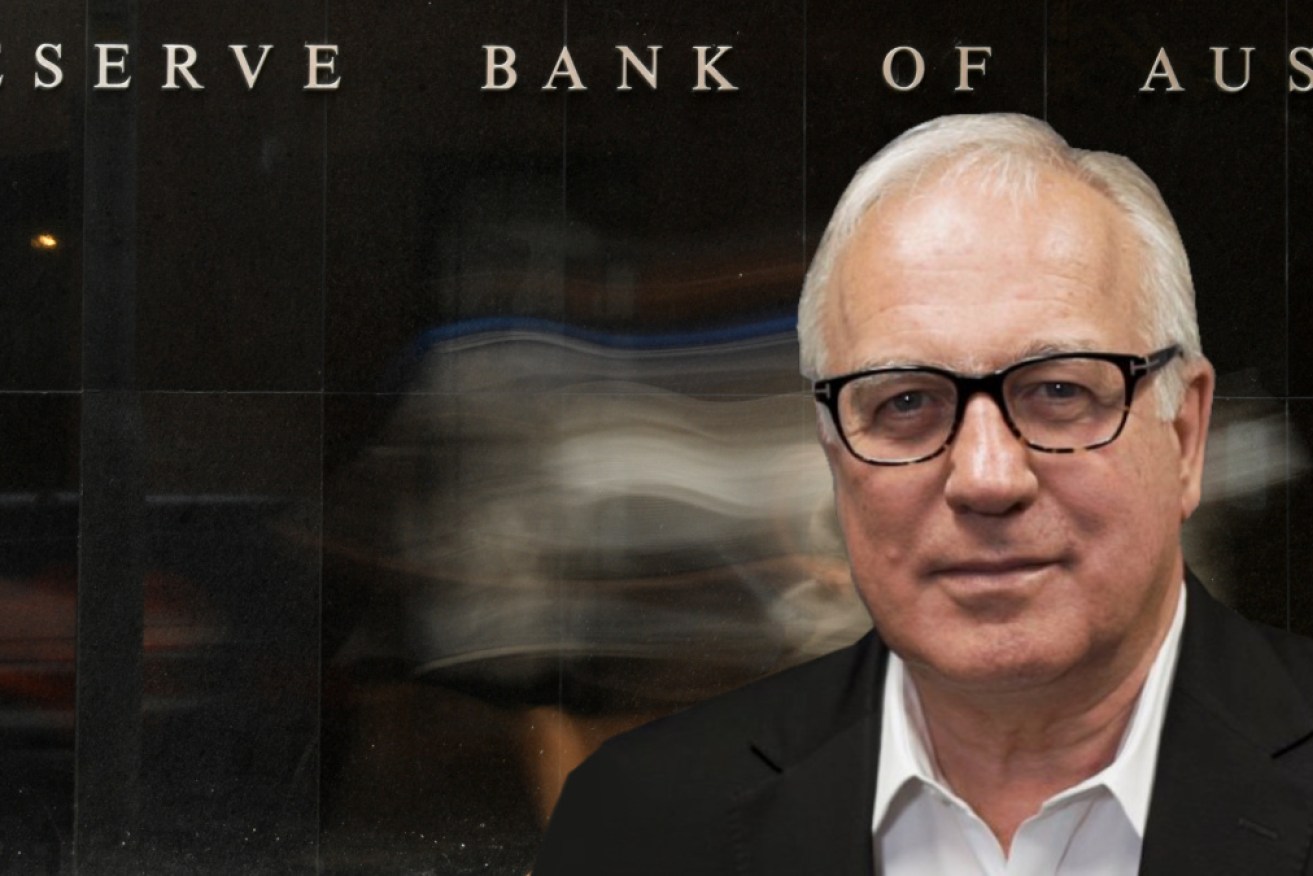Alan Kohler: Dear Philip Lowe, please be careful


The RBA must tread carefully to avoid an accidental recession, writes Alan Kohler. Photo: AAP
Tomorrow’s interest rate decision by the Reserve Bank is the weightiest in a generation, and not only because it would be the first hike in a decade and Australians are burdened with debt.
The Reserve Bank is also technically insolvent – quite broke, in fact.
Thanks to its pandemic rescue efforts, known as quantitative easing, the RBA owns $560 billion worth of government bonds, federal and state, and they have lost close to $50 billion in value this year.
That’s more than three times the RBA’s puny capital of $15.5 billion.
The government’s bank has never had to face insolvency before, but it’s never owned this many assets. If it had to value them to the market, the capital would be gone and receivers would be changing the locks, but it doesn’t have to do that, so it’s fine. Phew.
But it does mean there won’t be any direct quantitative tightening to go with rate hikes – that is, sales of bonds – because that would crystallise the losses. The bonds will be held until they mature, when the government repays the full face value.
It will be a sort of second-hand quantitative tightening – the government selling bonds and draining cash from the banking system to give to the RBA to keep it afloat.
It makes for an added complication in what will be one of the most complex and delicate inflation-fighting operations the central bank has ever faced.
RBA’s shifting focus
Australian households are carrying more debt than ever, and the RBA has explicitly put employment ahead of inflation. It hasn’t even put on its inflation-fighting costume yet, so a sharp U-turn is anticipated.
The fact that the RBA has not started tightening even though unemployment has dipped below 4 per cent (to 3.95 per cent) is controversial and momentous, and according to some, quite reckless.
With 5.1 per cent inflation revealed last week, the clamour to hike rates tomorrow, and not a moment later, has become deafening.
Let’s take a moment to examine the RBA’s statutory mission, inscribed on the wall in Martin Place, as well as in the Reserve Bank Act.
It is to take actions that “best contribute to”:
- The stability of the currency of Australia
- The maintenance of full employment in Australia
- The economic prosperity and welfare of the people of Australia.
Up until recently they were read in that order – inflation no.1, daylight no.2, full employment no.3 and prosperity and welfare last (that’s the one that includes affordable housing, so obviously last).
What’s more, “full employment” used to have nothing to do with whether everyone who wanted a job had one: It was defined as the level that would cause inflation to go up. That’s it.
Unemployment was just the tool used to pre-empt inflation, because low unemployment and the resulting higher wages tend to precede rising prices.
And when inflation is the RBA’s number 1 priority and unemployment is the tool used to bring it down, accidents – that is, recessions – happen.
But something strange and wonderful happened in the past few years: no.2 moved up to be no.1.
Governor Philip Lowe put it into words at the National Press Club in February: “I think we can test how far we can get the unemployment rate down without having an inflation problem in the country, and that’s worth doing.”
As a result, interest rates haven’t moved even though the unemployment rate is the lowest in nearly 50 years. Amazing.
Is this now the end of Dr Lowe’s test? And is 5.1 per cent inflation a reasonable price to pay for 3.95 per cent unemployment?
Yes, it is, as long as wages catch up soon.
But prices are unlikely to stop there, and the real question is: At what point does inflation return to RBA priority no.1, and unemployment return to being a tool for getting it down?
The wages problem
The complication this time, and the reason Governor Philip Lowe was able to talk about the historic opportunity to reach true full employment this time, is that wages haven’t responded to the low unemployment, which is part of the reason inflation has been tamed.
The normal relationship between employment and wages broke down in 2013 – which, as it happens, was the same year the Coalition was elected.

Up to 2013, wages growth moved three months after employment growth. But in that year, the relationship broke down completely.
For the decade since, employers have been screwing down wages even as unemployment fell and staff shortages appeared.
Did they do that because the Coalition has been holding down public service wages and opposing minimum wage increases, or because of high immigration, or because of contracting out and impotent unions?
Probably all of the above, as well as strong competition and low barriers to entry that make it hard for companies to raise prices and recover higher costs.
In any case, those days look to be over and a new era of rising prices and – hopefully – rising wages has begun.
If the RBA hikes interest rates tomorrow even though it’s during an election campaign, and stops talking about how low unemployment can go, then you’ll know that inflation is back at no.1.
And that means the potential for an accidental recession if the Reserve Bank is not very, very careful.
Alan Kohler writes twice a week for The New Daily. He is also editor in chief of Eureka Report and finance presenter on ABC news








